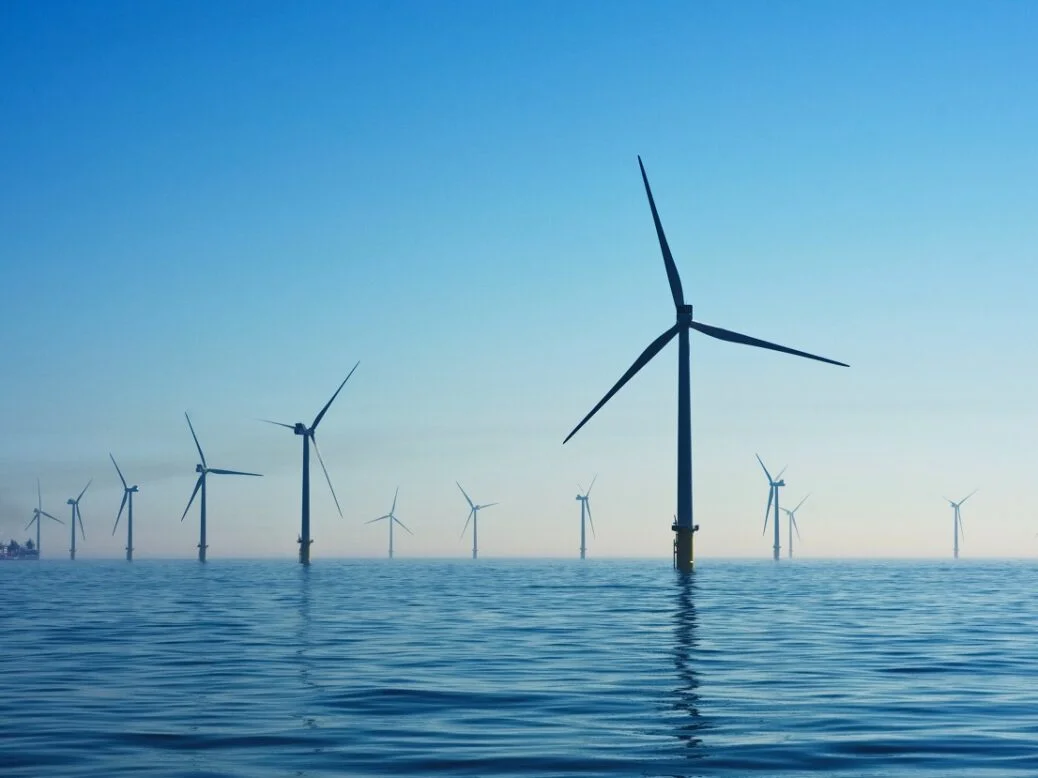Tech
Procedure for Constructing an Offshore Wind Turbine Tower

The use of offshore wind power has grown rapidly, resulting in the continued advancements and construction of more wind turbines on the oceans. Offshore wind has been observed to provide the most reliable source of breeze to drive wind turbines for electric power generation.
The construction begins with setting up an offshore wind turbine tower above which the turbine blades will be affixed. The installers can use several methods. Still, regardless of these countless options, a specific procedure must be followed to ensure the construction completes successfully.
For that reason, this article will focus on outlining the most reliable procedure to ensure you get an offshore wind turbine tower installation.
Select a Foundation
Selecting a foundation for your tower is the first step you must follow. The type of foundation you choose determines the depth of the surrounding water. You will need to select a foundation on which the tower can firmly stand so that any collapse can be avoided to the maximum.
For water bodies with shallow depths, it is recommended that you use a monopile. A steel tube is often driven into the seabed. It is also recommended by top installation specialists such as IQIP that the steel tube is forced into the seabed to half of its total length. This step ensures maximum strength to prevent the tower from collapsing due to strong storms and breezes.
Installers use jackets for deeper water when setting up the foundation. Jackets are more like tripods, having three or four legs anchored to the ocean floor. The legs offer a wider surface area, thus lowering the tower’s center of gravity, hence, greater stability.
Choose a Wind Turbine
Modern offshore wind turbines are relatively larger than traditional ones. In most cases, the larger the turbine, the more turbine blades, and the greater the surface area for capturing the wind, the greater the electrical energy generated.
The large size also means that you will need heavy-duty machinery to lift the turbine to the top of the tower. A pile upending tool will be significant in this operation as it ensures that you affix the turbine to the building effortlessly.
You can also pick a boat for installing a turbine on the tower. It would help if you chose a boat with a crane affixed to it to help you reach the top of the tower. Also, consider the length of the crane because you probably do not want to strain to reach the top of the tower. Worse, you may even slip off and drown inside the ocean while attempting to make everything work to have the turbine affixed to the tower.
Electrical Wiring
It is the final step, and it involves connecting the DC output of the offshore turbine system to the inverter and the power control unit. You will also need cables connected at the AC output of the inverter to the electricity grid, from where you can connect the system to the power supply.
Do a final check on the electric connections to ensure everything is safe and works properly. Your installer should provide the necessary documentation, such as manuals, warranties, and maintenance information.
Kenneth is a proud native of sydney, born and raised there. However, he pursued his education abroad and studied in Australia. Kenneth has worked as a journalist for almost a decade, making valuable contributions to prominent publications such as Yahoo News and The Verge. Currently, he serves as a journalist for The Hear Up, where he focuses on covering climate and science news. You can reach Kenneth at [email protected].










